Read like Archie and his pals with 16 more books referenced by the series.
Archie and the rest of The CW’s Riverdale gang always seem to have their hands full. If they’re not dealing with organ-harvesting cults or the ongoing personal agenda of one Hiram Lodge, they’ve got plenty of hormonal drama to keep themselves occupied, but just as sure as Jughead will order a hamburger when at Pop’s, there’s one item that always ranks high on the Riverdale crew’s agenda: reading!
Riverdale continues to be one of the most literary shows on TV. Characters frequently open scenes with their noses buried in books, and hardly an episode passes without a literary allusion (or three) in a line of dialogue. From names to jokes to Satanic panics, Riverdale regularly turns to books for inspiration. Want to be half as well read as Ronnie? Then pull up a chair and sink into one of these sixteen books!
Oliver Twist by Charles Dickens
One of the ongoing subplots of Riverdale season four involves the Dickenson crime family, which includes Fagin Dickenson and Dodger Dickenson. In Oliver Twist, by Charles Dickens, Fagin is an elderly criminal mastermind responsible for overseeing a pack of pickpocketing children, while the Artful Dodger is the youthful leader of the pickpocket gang. The names of the Dickenson family, who recruit Riverdale teenagers to do their dirty work, pay homage to the seminal Dickens characters.
In Chapter 67, Cheryl can be seen reading Sun Tzu’s The Art of War as she plots against Coach Appleyard in order to wrestle back control of her beloved Vixens. The book is designed to be a commander’s guide to warfare and includes thorough tactical advice on how to vanquish one’s enemies.
The Picture of Dorian Gray by Oscar Wilde
In Chapter 56, Evelyn Evernever is seen reading The Picture of Dorian Gray by Oscar Wilde as she receives treatment for her transplanted kidney. In the novel, the eponymous protagonist avoids the aging process by keeping a portrait in his attic that does the aging for him. This comments on Evelyn’s own method of rejuvenating herself: by taking advantage of the organs harvested from unsuspecting members of her father’s cult, the Farm!
In Chapter 56, Jughead learns from Ethel that the late Dilton’s Adventure Scouts are now calling themselves “The Lost Boys.” In Peter Pan, which was first a 1904 stage play and later a 1911 novel, the Lost Boys are children who live with Peter in Never Never Land and never grow old. It probably doesn’t have anything to do with organ harvesting, though.
The Count of Monte Cristo by Alexander Dumas
In Chapter 56, Cheryl frees her girlfriend, Toni Topaz, from the organ-harvesting clutches of the Farm’s “nurses.” As they flee, Cheryl turns to TT and says, “Come on my Monte Cristo!” The line is a reference to The Count of Monte Cristo by Alexander Dumas, a novel about an innocent man who escapes wrongful imprisonment and, in a development that Cheryl surely finds favorable, seeks vengeance upon his captors.
The Amityville Horror by Jay Anson
In Chapter 65, when Cheryl arrives at Pop’s Chok’lit Shoppe to share the results of her chimerism report with Toni, TT is reading The Amityville Horror by Jay Anson. The novel follows a family that moves into a house that had been the site of a grisly murder, and the story details the horrible supernatural events that transpire in the three days they occupy the house. The situation echoes TT and Cheryl’s own apparent haunting of Thistlehouse by a doll doppelgänger of the third Blossom sibling, Julian.
Dungeons and Dragons: Dungeon Master’s Guide
During season three, Riverdale grapples with “Griffins and Gargoyles” (or “G&G”), which is an analogue for Dungeons and Dragons (or “D&D”). While D&D gameplay involves dice and (maybe) miniatures, the rules necessary to play are contained in several books, including the Monster Manual and the Dungeon Master’s Guide (currently in its fifth edition).
During the 1980s, the tabletop roleplaying game set off a “Satanic panic,” with rumors connecting the game to suicidal tendencies and identifying it as a gateway to demon worship. While the real-world RPG is and has always been an innocuous and engaging pastime, far more sinister designs are at work in Riverdale’s version … But sadly, there are still no actual demons! Oh well. Maybe if the crew on Chilling Adventures of Sabrina gets their hands on a copy of the G&G guidebook next season?
“Rita Hayworth and the Shawshank Redemption” by Stephen King
“Shankshaw Prison,” first seen in Chapter 21, references Shawshank State Prison, a fictional location in the extended universe of Stephen King’s novels. While Shawshank makes plenty of appearances throughout King’s prose, it’s most famous appearance is its first, in the novella “Rita Hayworth and the Shawshank Redemption,” which is included in the Different Seasons collection.
The Hardy Boys series by Franklin W. Dixon
One of Jughead’s central plotlines for Riverdale season four concerns the “Baxter Brothers,” a fictional long-running mystery series that references the Hardy Boys books. The Hardy Boys characters were created by Edward Stratemeyer, the co-founder of the Stratemeyer Syndicate, in the late 1920s. Like the Baxter Brothers books, whose authorship is credited to Franklin P. Paxton, the Hardy Boys series has been written by a series of ghostwriters, all of whom used the same pseudonym: Franklin W. Dixon.
The Nancy Drew series by Carolyn Keene
The Baxter Brothers also used to crossover with “Tracy True,” an analogue for Nancy Drew, the girl sleuth created by Stratemeyer to capitalize on the runaway success of the Hardy Boys. Like the Hardy Boys (and the Baxter Brothers), the Nancy Drew series was written by a series of ghostwriters under a single name: Carolyn Keene. In the 1980s, a legal dispute between publishers of the Nancy Drew books was decided largely based on evidence proving the identity of the authors behind the Keene pseudonym … echoing Jughead’s convictions that the Baxter Brothers book series was stolen from his grandfather.
“The Witness for the Prosecution” by Agatha Christie
The title of Chapter 62, which involves Hiram Lodge’s trial, is taken from the short story by prolific mystery author Agatha Christie. The story is included in The Witness for the Prosecution and Other Stories collection. Another story in the collection, “The Second Gong,” features an appearance from Hercule Poirot, one of most famous characters created by Christie.
In Chapter 63, Dr. Sapirstein is responsible for giving Dagwood Blossom a tracheotomy. Sapirstein is the name of the doctor from the novel Rosemary’s Baby by Ira Levin.
The Sherlock Holmes series by Sir Arthur Conan Doyle
In Chapter 57, during the denouement of season three’s central mysteries, Jughead quotes the eponymous protagonist of the Sherlock Holmes series: once you’ve eliminated all impossibilities, whatever remains, however improbable, must be the explanation of the circumstances.
But let’s be real: What really qualifies as impossible when it comes to Riverdale? I’ve heard that place has been the site of some pretty weird mysteries!
Catcher in the Rye by J.D. Salinger
In Chapter 65, psychoanalyst Ms. Burble comes to Riverdale high to speak with the students. When Jughead enters her office, he tells her that he has a “Holden Caulfield-esque” aversion to “phony small talk,” an allusion to the antisocial philosophy of the protagonist of Catcher in the Rye. When Burble asks Jughead if he often uses references to fiction to make sense of his life, he unequivocally replies that he does. Hard same, Juggy!
Don Quixote by Miguel de Cervantes
That isn’t the only literary reference exchanged between Jughead and Burble in Chapter 65. At one point, Burble mentions that she believes Jughead is “chasing windmills,” and Jughead responds that he doesn’t care to be psychoanalyzed by someone who doesn’t know the phrase “tilting at windmills.”
“Tilting at windmills” is a reference to the novel Don Quixote. In the novel, a nobleman from La Mancha reads so many romantic adventures that he decides to become the protagonist of his own, claiming the name Don Quixote and in one of the most memorable scene, launching an attack on what he believes to be giants (while his loyal squire and sidekick, Sancho Panza, insists that he is simply tilting at windmills).
King Lear by William Shakespeare
When she sits down with Burble in Chapter 65, Veronica compares the machinations of her father, Hiram, to King Lear. Later in the conversation, Veronica says that she’s no Cordelia.
Both Lear and his youngest daughter, Cordelia, are characters in Shakespeare’s tragedy King Lear. When Lear bequeaths property to his two eldest daughters, Cordelia refuses to engage in flattery in exchange for inheritance. Slight spoilers: While the division between Lear and his youngest daughter is eventually mended, they don’t receive a happy ending. It is a tragedy, after all …
Want more stories like this? Become a subscriber and support the site!
—The Mary Sue has a strict comment policy that forbids, but is not limited to, personal insults toward anyone, hate speech, and trolling.—



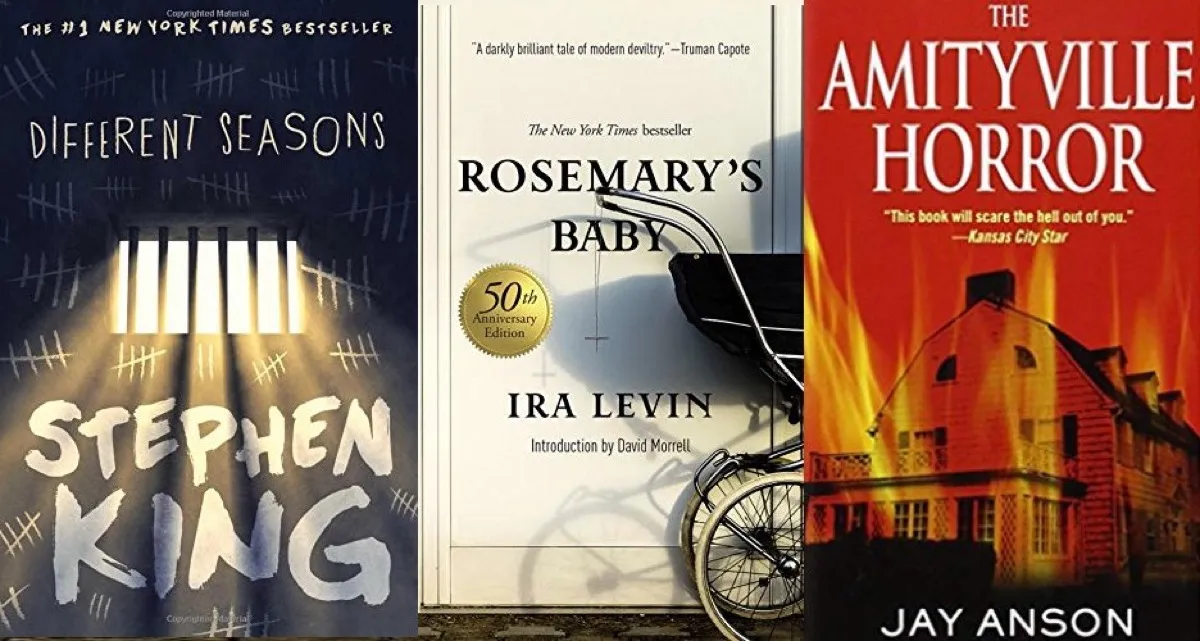
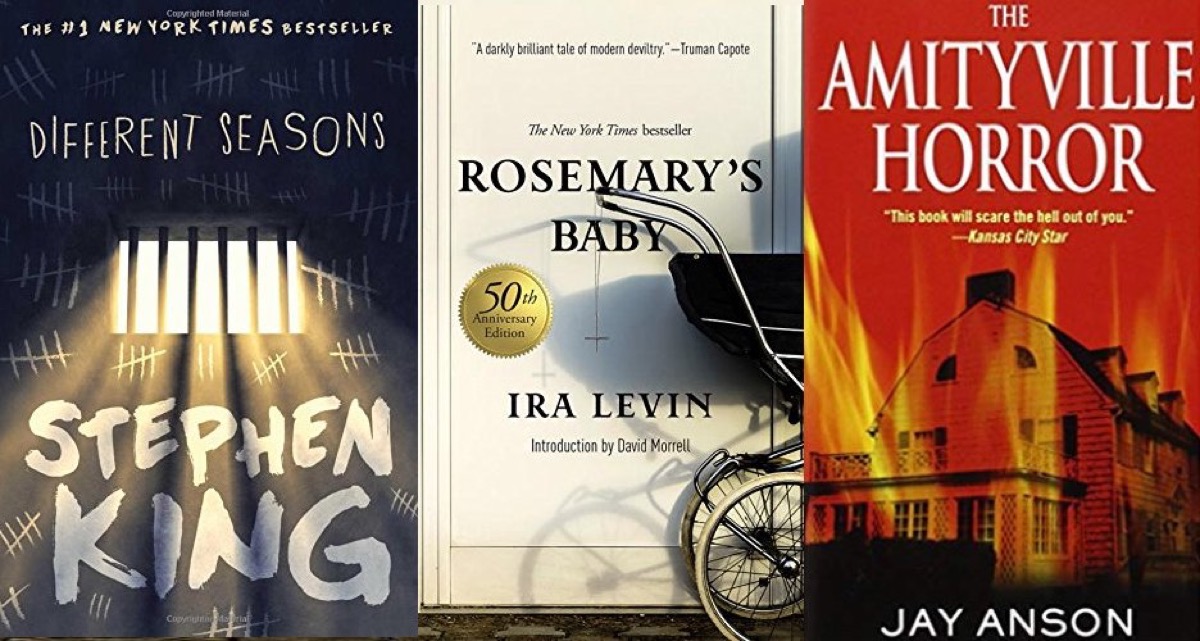
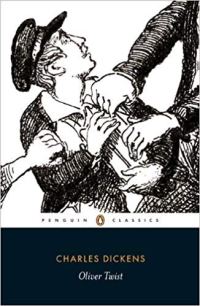
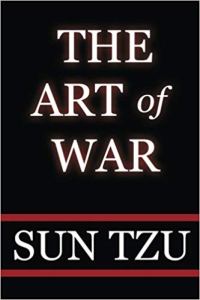
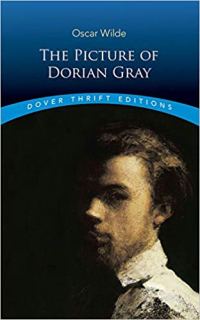
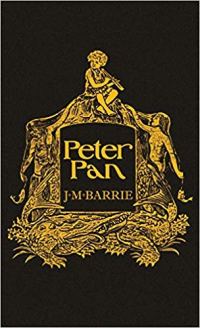
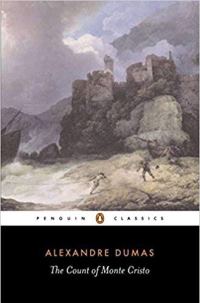
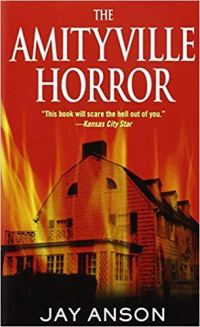
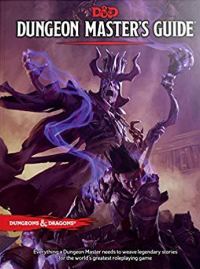
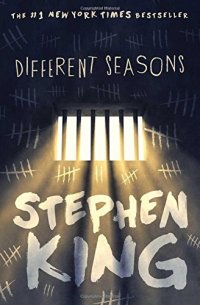
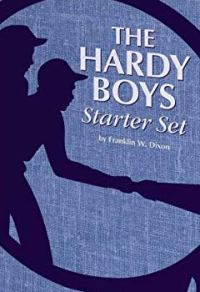

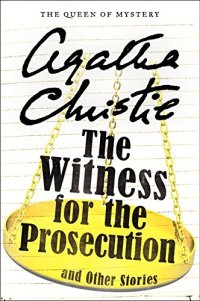
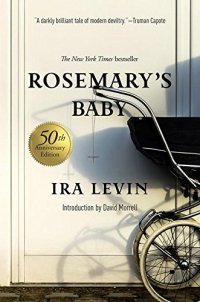

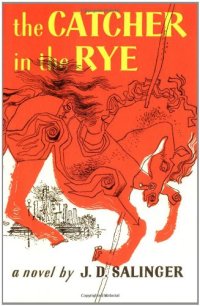
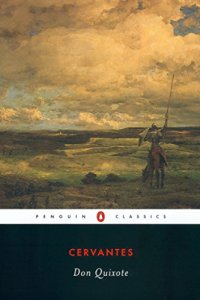






Published: Jan 31, 2020 5:00 PM UTC